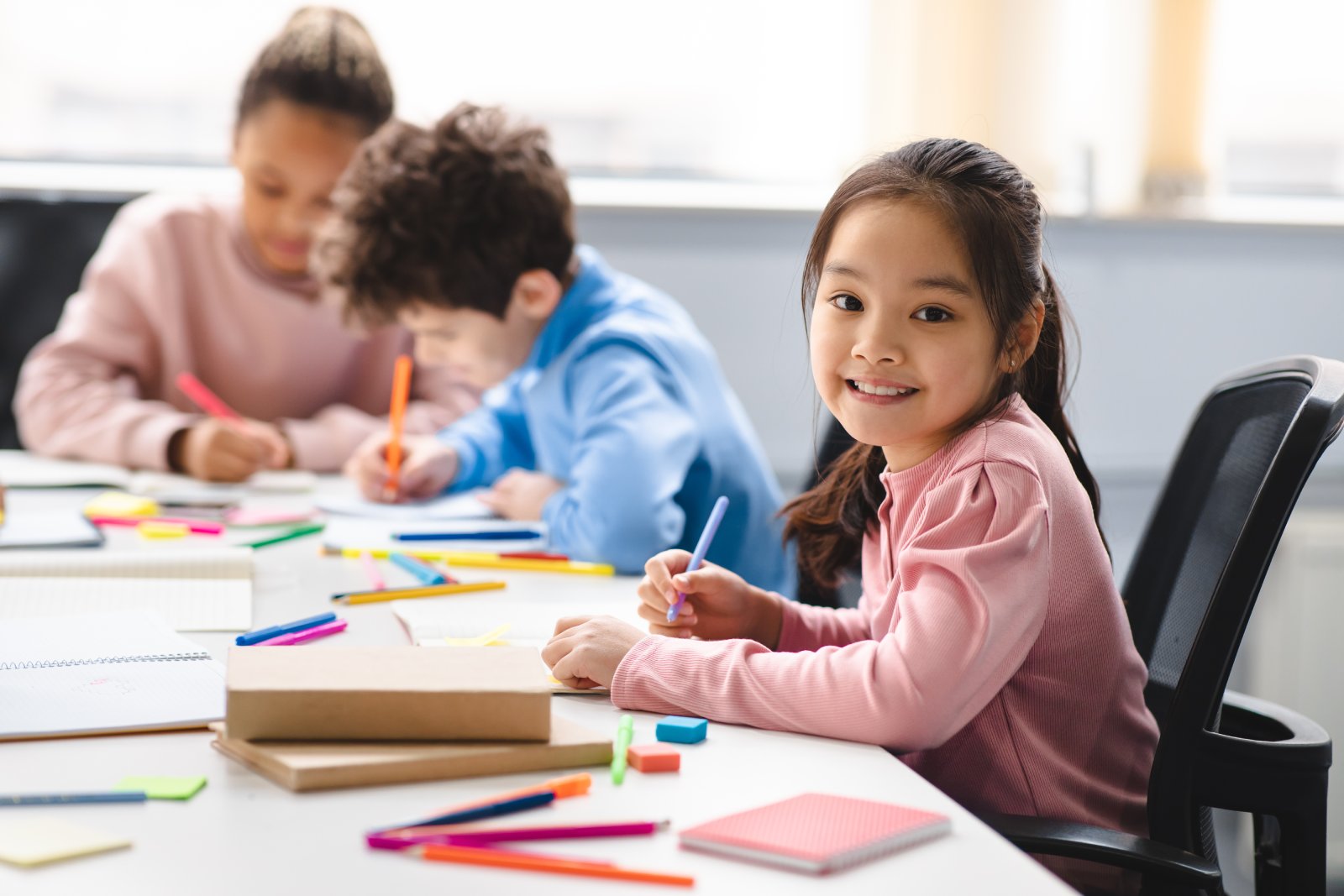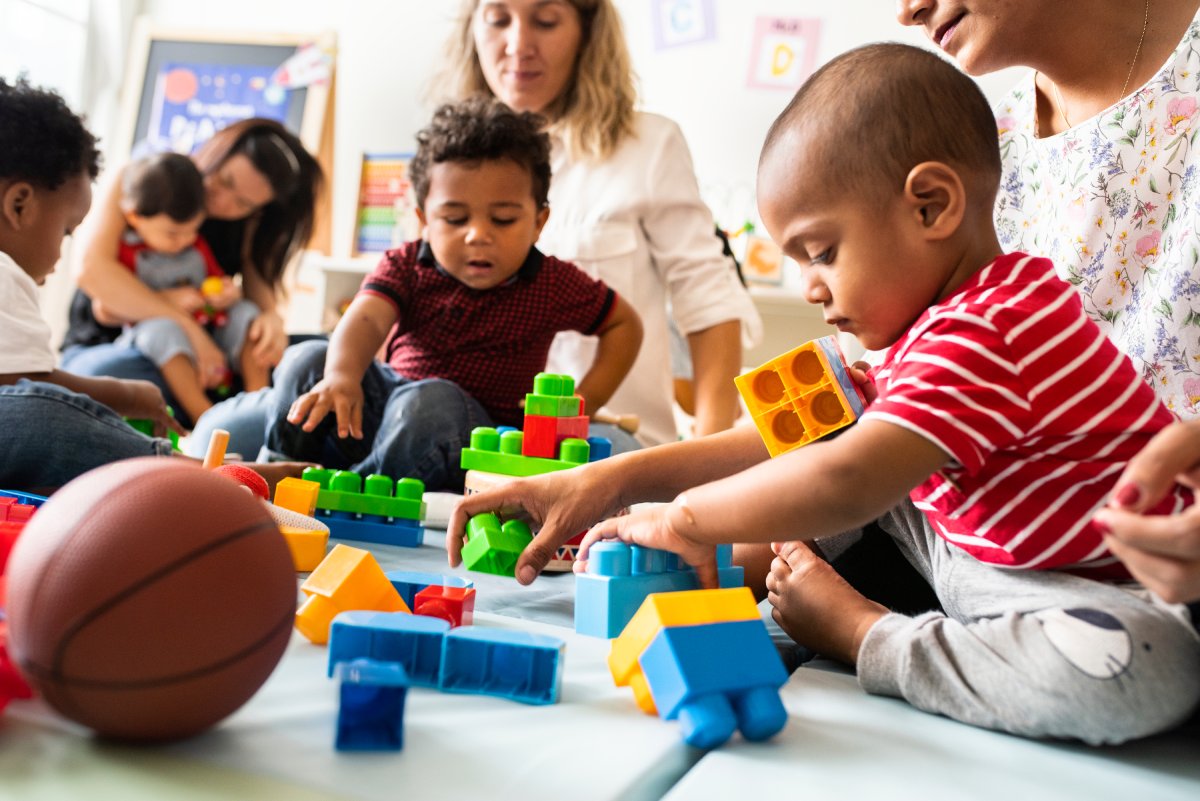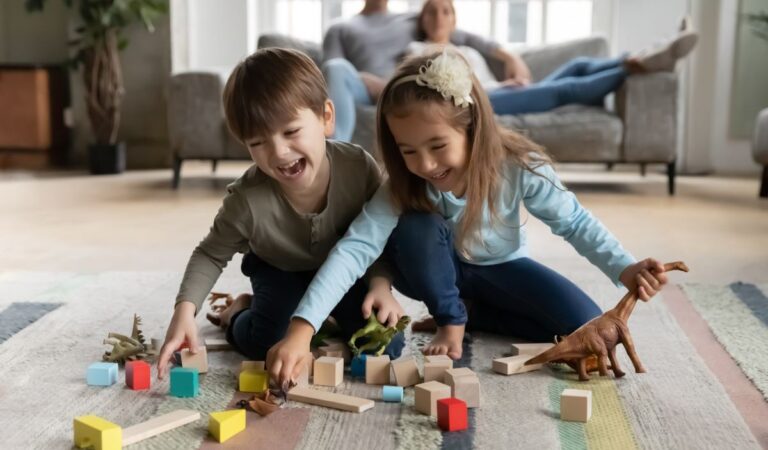Play or Pandemonium? Balancing Fun with Order
Managing children’s playtime effectively involves balancing supervision, allowing freedom, and planning structured activities to maximize developmental benefits. Both spontaneous backyard play and organized classroom games are crucial for a child’s growth, as they contribute to development in various ways.
1. Enhancing Cognitive Development

Unstructured play encourages creativity and problem-solving skills. Kids who engage in free play often display advanced cognitive abilities as they learn to navigate their own stories and solutions.
2. Promoting Physical Health

Active play is crucial for physical development. It builds strength, coordination, and motor skills, and helps prevent childhood obesity by keeping kids moving.
3. Fostering Social Skills

Playtime is a social classroom for children. Through games and shared activities, kids learn vital interpersonal skills like sharing, negotiating, and empathy.
4. Encouraging Emotional Growth

During play, children experiment with different emotions and outcomes, which enhances their emotional intelligence and resilience by facing various in-game scenarios.
5. Supporting Language Skills

Communicative play, such as storytelling or group games, enhances language development. Children learn new words and how to use them effectively in social contexts.
6. Building Confidence and Independence

As children navigate play environments, they make decisions and learn from their mistakes, which builds confidence and a sense of independence.
7. Stimulating Creativity and Imagination

Whether imagining they are astronauts on a space mission or doctors in a hospital, creative play allows children to explore various roles and scenarios, expanding their imagination and creativity.
8. Teaching Conflict Resolution

Play often involves conflicts, and children learn how to resolve these through compromise and negotiation, essential skills for personal and professional success.
9. Montessori and Self-Directed Learning

Montessori play environments encourage self-directed learning, which fosters independence and a love for learning by allowing children to explore activities at their own pace.
10. Forest Schools and Environmental Awareness

Forest schools use the natural environment to teach children about the world around them, instilling a respect for nature and promoting scientific curiosity.
11. Structured Play and Rule-Following

Structured play teaches children the importance of following rules and the basics of fair play, preparing them for classroom settings and later life.
12. Integration of Neurodivergent Children

Adaptive play setups help integrate neurodivergent children by catering to their specific developmental needs and helping them engage comfortably with their peers.
13. Reducing Screen Time

Engaging in physical play can help offset the passive engagement of screen time, promoting active learning and reducing the risks associated with prolonged media exposure.
14. Cultural and Social Awareness

Through play, children encounter diverse scenarios and characters, broadening their cultural and social understanding, and enhancing their ability to navigate a diverse world.
15. Linking Play to Academic Skills

Educational play that incorporates math, reading, and science concepts can improve academic skills in a fun and engaging way, making learning enjoyable.
16. Encouraging Lifelong Physical Activity

Early positive experiences with active play can set a foundation for lifelong physical activity, promoting long-term health and wellness.
17. Developing Fine Motor Skills

Activities like drawing, building blocks, or crafting during play help develop fine motor skills, which are crucial for writing, typing, and other precise movements.
18. Stress Relief and Fun

Play provides a vital outlet for stress relief, allowing children to have fun and relax, which is crucial for emotional and mental health.
19. Promoting Safe Risk-Taking

Supervised play allows children to take safe risks, teaching them to assess and manage risk in a controlled environment, which can prevent anxiety and fearfulness.
20. Building Long-Term Social Bonds

Play fosters friendships and can build long-term social bonds, teaching cooperation and building a sense of community among peers.
Celebrating the Joy of Play

Embracing the multifaceted benefits of play ensures children not only enjoy their childhood but also develop into well-rounded individuals. As parents and educators, fostering diverse play opportunities means we can turn every potential moment of mayhem into a productive and joyful growth experience.
The post Play or Pandemonium? Balancing Fun with Order first appeared on Peachy Fours.
Featured Image Credit: Shutterstock / Rawpixel.com.
For transparency, this content was partly developed with AI assistance and carefully curated by an experienced editor to be informative and ensure accuracy.







